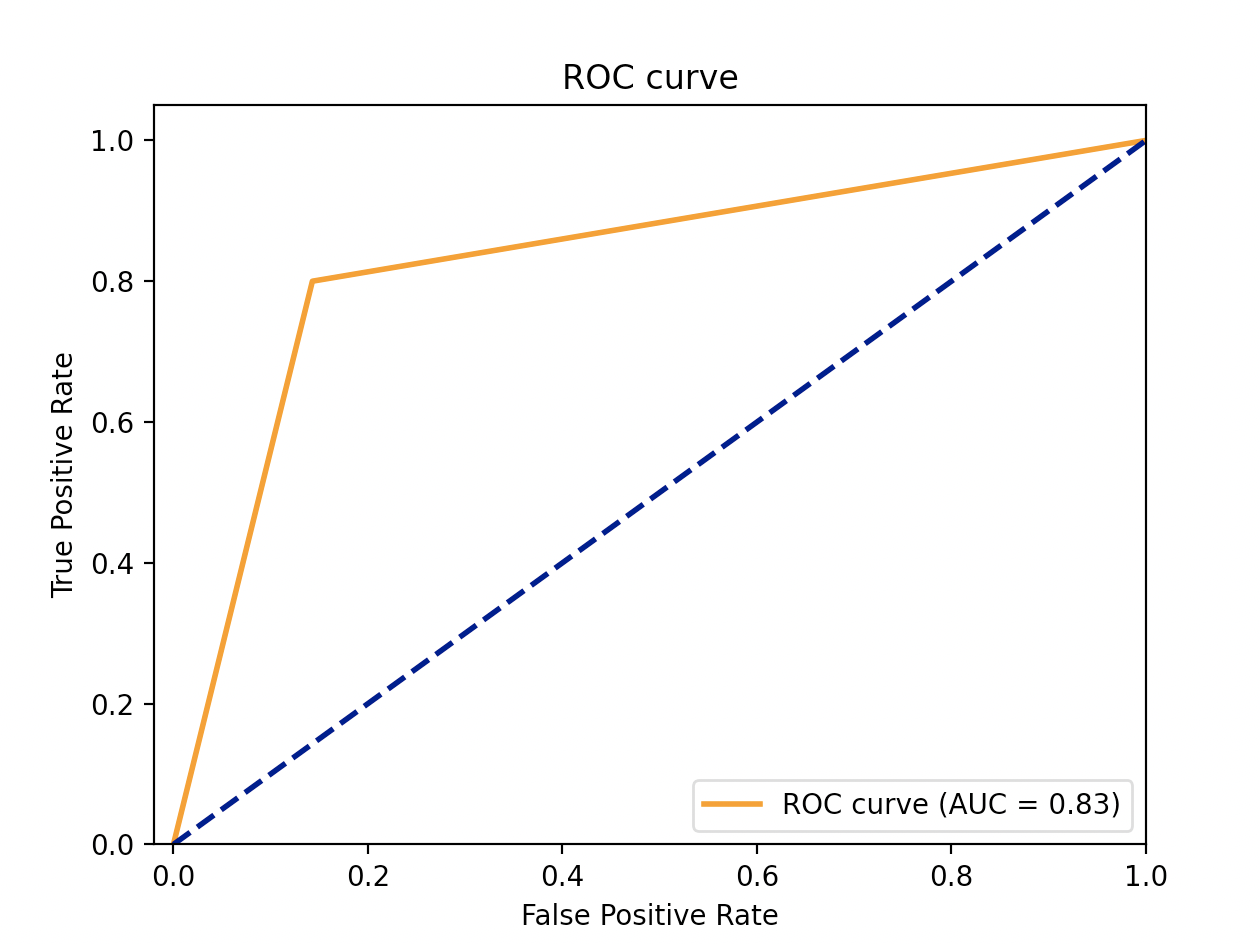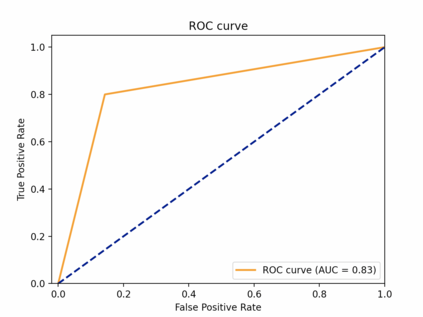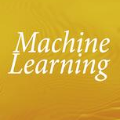Flow cytometry is a technique that measures multiple fluorescence and light scatter-associated parameters from individual cells as they flow a single file through an excitation light source. These cells are labeled with antibodies to detect various antigens and the fluorescence signals reflect antigen expression. Interpretation of the multiparameter flow cytometry data is laborious, time-consuming, and expensive. It involves manual interpretation of cell distribution and pattern recognition on two-dimensional plots by highly trained medical technologists and pathologists. Using various machine learning algorithms, we attempted to develop an automated analysis for clinical flow cytometry cases that would automatically classify normal and chronic lymphocytic leukemia cases. We achieved the best success with the Gradient Boosting. The XGBoost classifier achieved a specificity of 1.00 and a sensitivity of 0.67, a negative predictive value of 0.75, a positive predictive value of 1.00, and an overall accuracy of 0.83 in prospectively classifying cases with malignancies.
翻译:流动细胞测量是一种技术,用来测量单细胞通过发光光源流出单一文件时的多种荧光和光散射参数。这些细胞被贴上抗体标签,以检测各种抗原和荧光信号反映抗原表达。多参数流动细胞测量数据的解释很费力、费时和昂贵。它涉及由训练有素的医学技术人员和病理学家对细胞分布和二维地块的图案识别进行人工解释。我们利用各种机器学习算法,试图对临床流动细胞测量病例进行自动分析,将正常和慢性淋巴细胞白血病病例自动分类。我们取得了最佳的成功,在“梯度引水”中取得了1.00和0.67的灵敏度,负预测值0.75,正预测值为1.00,在对恶性病例进行预期分类时,总体精确度为0.83。







